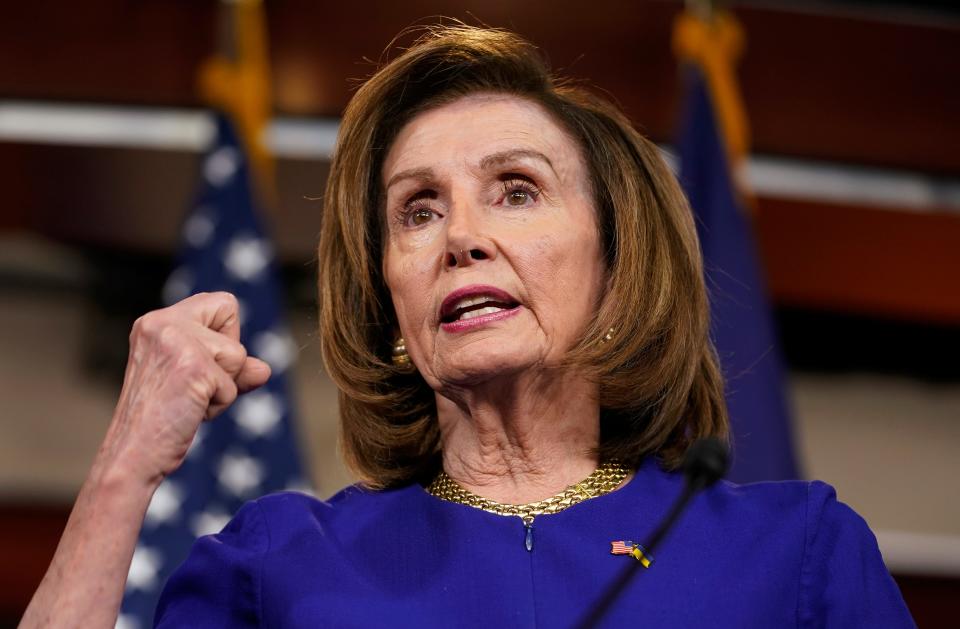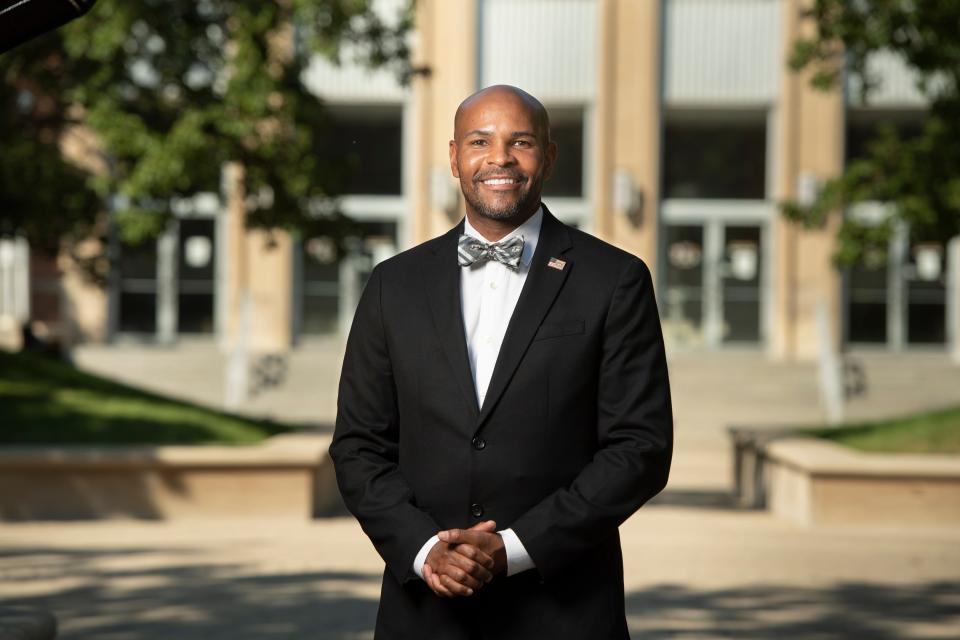Washington's elite turned the Gridiron dinner into a COVID superspreader. Let's learn from it.
- Oops!Something went wrong.Please try again later.
One of the seminal moments in our knowledge of infectious diseases happened because of a health disaster. In 1854, a mother washed her baby’s diaper in a town well, touching off an epidemic that killed 616 people.
Within 250 yards of a water pump outside London, “upwards of 500 fatal attacks of cholera” occurred in 10 days. Dr. John Snow worked around the clock to track down information from hospital and public records on when the outbreak began and whether the victims drank water from the Broad Street pump.
Snow went to town officials and despite their reticence about his theories, he persuaded them to take the handle off the pump. The outbreak of cholera almost immediately ended.
Today, scientists consider Snow to be the father of epidemiology. Hundreds died in that 1854 superspreader event, but millions have benefited because of the lessons learned.
We decided to help: My dad and I went to Poland and Ukraine to help refugees, including teens just like me
I was part of a John Snow moment in 2014, when we had an HIV outbreak in rural Scott County, Indiana. At the time, I served as Indiana's health commissioner. Out of what was clearly a disastrous public health moment, syringe service programs were implemented first in Indiana, then in Kentucky, then in communities across America – particularly so in conservative ones. The example set and the lessons learned likely prevented thousands of hepatitis and HIV infections.
A public health disaster
The recent Gridiron Club event in Washington, D.C., was by any objective measure a public health disaster.
A mass gathering occurring during a global pandemic – attended by government leaders, members of the media who’ve regularly reported on the pandemic, and even the Centers of Disease Control Prevention director and the chief medical adviser to the president – resulted in the infection of 70 attendees and counting. (A team of USA TODAY journalists attended the Gridiron.)
House Speaker Nancy Pelosi and Attorney General Merrick Garland are among the high-ranking government leaders who have tested positive for COVID-19 this month.

However, with sufficient scrutiny (and humility), this could prove to be another John Snow moment. There are so many unanswered questions about the details of the event – what the protective protocols were, who was impacted, what we thought we knew, what turned out to be wrong – but the answers to those questions can help us do better and save lives in the future.
One of the unanswered questions about the Gridiron dinner harkens directly back to John Snow’s cholera outbreak: Who was infected? Just as in 1854, we now need thorough and transparent contact tracing so we can ascertain the source of the outbreak and determine precipitating factors.
World Health Organization: Infodemic spreads faster than viruses
Was the index case someone who had been recently infected but followed CDC guidance about leaving isolation early (where a study showed up to 40% may be still infectious)? Was it someone who is immunocompromised and carrying a higher than expected viral load? Was that person carrying a new variant? Knowing these answers helps us prevent the next outbreak.

Contact tracing also means determining everyone who was infected – and this speaks to health equity. So far, we’ve heard about attendees who were infected, but what about the staff working the event? It’s hard to believe that more than 70 attendees were infected but that no workers at the event were – workers who almost certainly had less wealth, were less likely to be insured and had much less choice in whether or not to be there in the first place.
Health care inequity
Every news report of an infected attendee doing “well” doesn’t mention the likely more vulnerable workers who may have been exposed is perpetuating health inequities.
Another source of possible inequity involves availability of treatment. How many of the diagnosed attendees at this event were given oral antiviral treatment – treatment that still isn’t available to most Americans and may not have been available to the workers at the event? Suggesting everyone infected has had a mild case without including key variables, such as access to treatment, encourages others to engage in risky behaviors without all the tools and knowledge to protect themselves.
Progressive wrong about Justice Thomas: And they have been for decades
What was the vaccination and boost status of the individuals at the event who were infected? There is important information to be gleaned about whether or not third and fourth shots played a role in who was protected versus who wasn’t.
What were the other protective protocols? We know there was no masking requirement. It would be nice to also know whether any ventilation precautions were taken. One of the most helpful but least used preventive measures for gatherings is thought to be promoting proper ventilation.

As with most things involving COVID-19, analysis of this event has been reduced to politics, finger-pointing and hyperbole. That has distracted us from discussing the potentially lifesaving lessons to be gleaned from a critical scientific and health equity assessment.
Simply put, the American people deserve better from the White House COVID response team, public health officials and the news media. But despite politicians and pundits suggesting otherwise, mass gatherings that lead to mass infections cannot become our “new normal."
Long COVID is a significant risk
Up to 30% of people experience long-COVID symptoms even after a mild case, so despite the talk of most of the diagnosed doing well, statistically speaking not all of them will feel that way in six or 12 months.
We also can’t normalize those with the resources to protect themselves returning to normal at the expense of a service industry that is victimized. Unfortunately, it's looking like it could repeat with the White House Correspondents' Association dinner on April 30.
Finally, there are many unanswered questions and potentially low-hanging fruit that can accelerate us toward a safer return to normal – if, like John Snow, we only have the courage to challenge conventional wisdom and dig a little deeper.
Dr. Jerome Adams, a former U.S. surgeon general, is a distinguished professor and executive director of health equity initiatives at Purdue University. Follow him on Twitter: @JeromeAdamsMD
You can read diverse opinions from our Board of Contributors and other writers on the Opinion front page, on Twitter @usatodayopinion and in our daily Opinion newsletter. To respond to a column, submit a comment to letters@usatoday.com.
This article originally appeared on USA TODAY: Gridiron dinner was a COVID superspreader. Let's learn from it.

